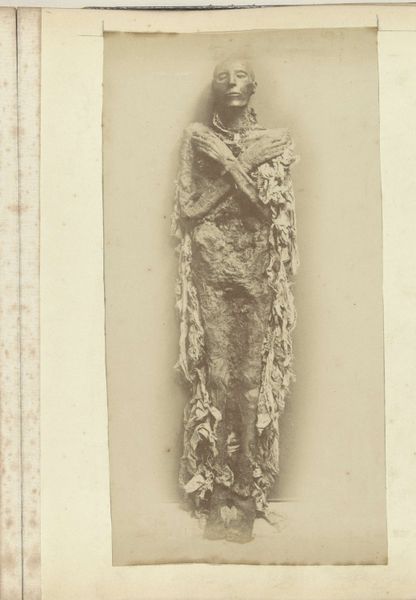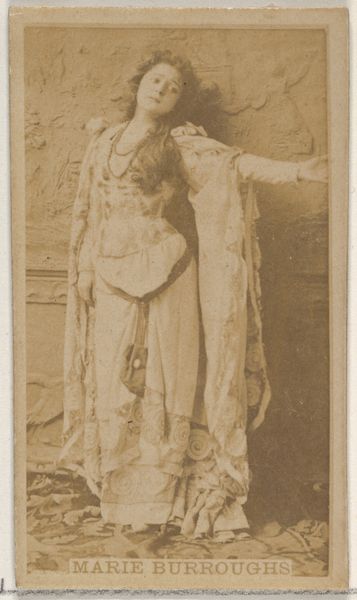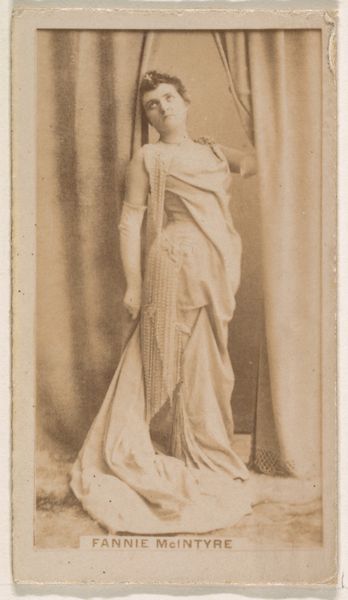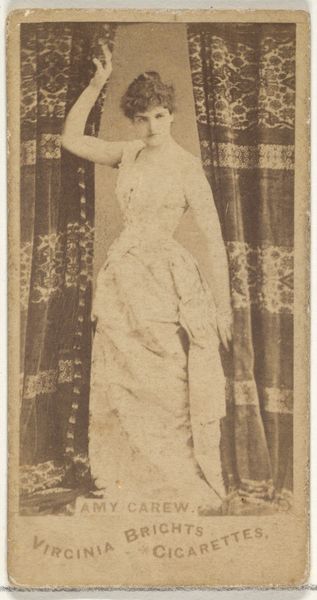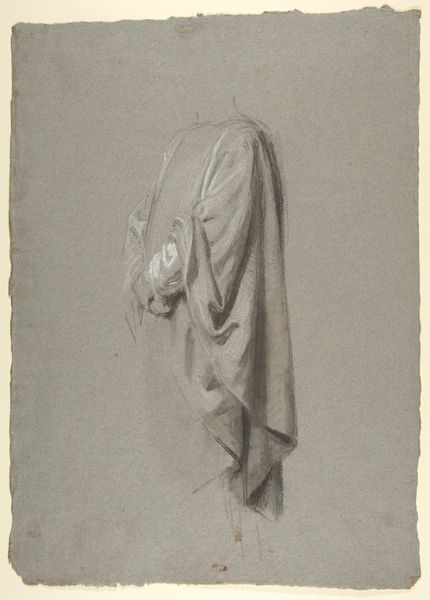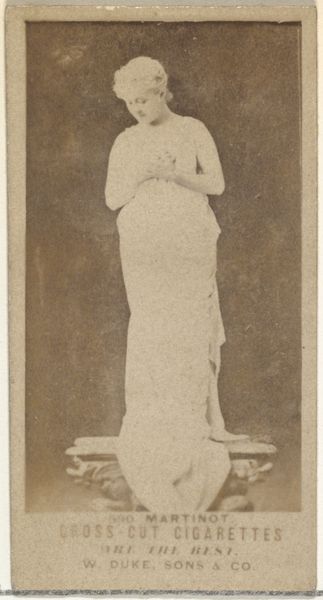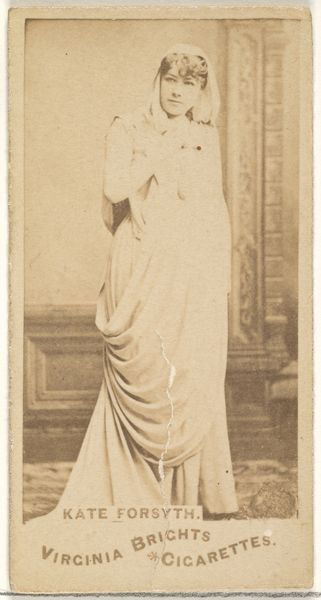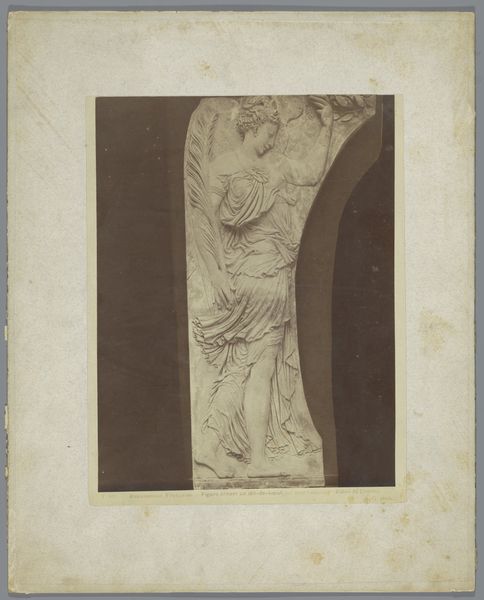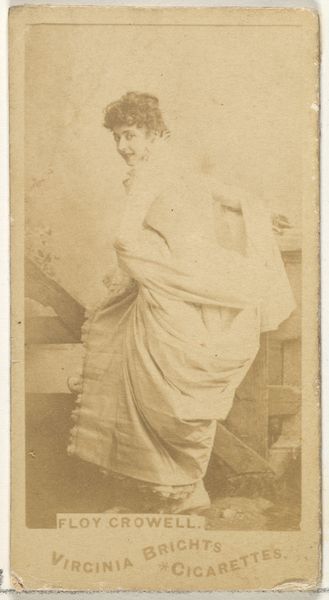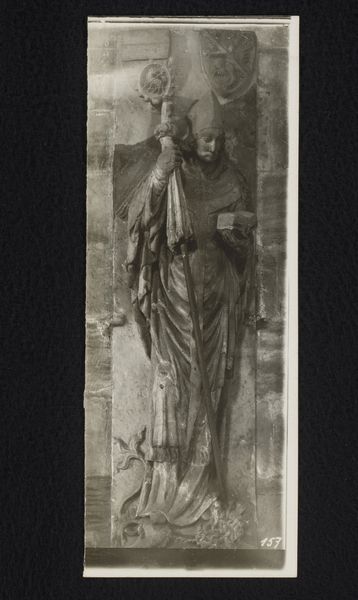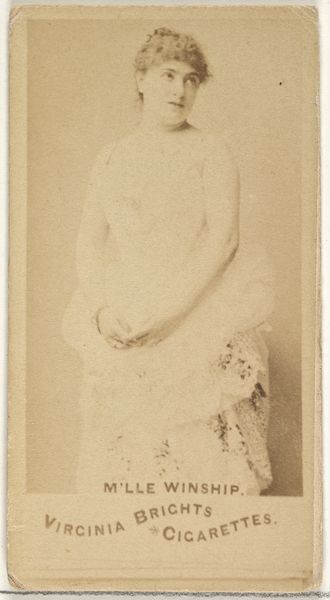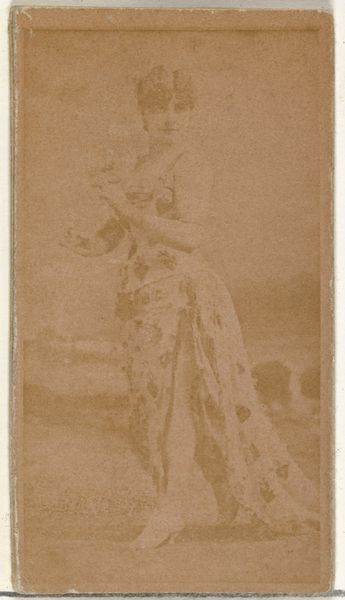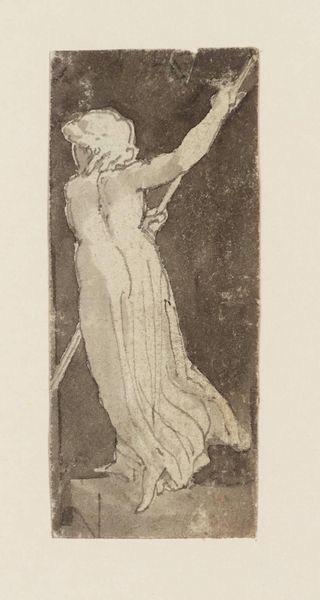
photography, gelatin-silver-print
#
portrait
#
still-life-photography
#
ancient-egyptian-art
#
figuration
#
photography
#
ancient-mediterranean
#
gelatin-silver-print
Dimensions: height 240 mm, width 123 mm, height 277 mm, width 367 mm
Copyright: Rijks Museum: Open Domain
This is a photograph of the mummified body of Pharaoh Ramses II. The crossed arms are especially symbolic, a convention in royal mummification, meant to represent the pharaoh as Osiris, ruler of the underworld. Consider how this gesture echoes through art history. From ancient Roman statues to Renaissance paintings, the crossed arms can signify piety, mourning, or reverence. Think of depictions of saints or biblical figures, their arms crossed in moments of contemplation or sacrifice. This is a physical expression of the soul's journey toward transcendence. The image’s enduring power lies in its capacity to evoke contemplation on mortality and eternity. In the ancient world, this pose ensured the deceased's successful passage into the afterlife. Today, it serves as a potent reminder of the cyclical nature of existence, as cultural memories and subconscious archetypes inform and transform visual representation. It is an endless return of the same image.
Comments
No comments
Be the first to comment and join the conversation on the ultimate creative platform.
